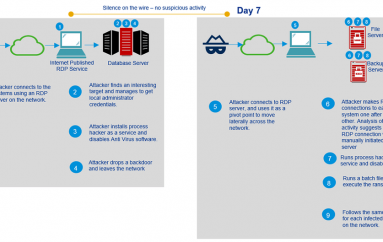
Google to Block Logins From Embedded Browser Frameworks to Protect From Phishing & MitM Attacks
Google announced a new security update to block users sign-in using Embedded browser frameworks in order to improve the protection against Phishing and MitM attacks.
Jonathan Skelker, Product Manager and Account Security at Google said,
“Form of phishing, known as “man in the middle” (MITM), is hard to detect when an embedded browser framework (e.g., Chromium Embedded Framework – CEF) or another automation platform is being used for authentication. ”
Cybercriminals abusing this technology to perform Man-in-the-Middle attacks and steal the user’s credentials by intercepting the web traffic when Embedded browsers frameworks help users for the automated login process.
If any users enter the Google account credentials on the phishing page that using Embedded browser frameworks will automate the login process by interacting with the original Google server.
Meanwhile, MITM attacker intercepts the communications between a user and Google in real-time to obtain the user’s credentials, and also this technique also used to bypass the 2-factor authentication.
Because we can’t differentiate between a legitimate sign in and a MITM attack on these platforms, we will be blocking sign-ins from embedded browser frameworks starting in June, Google said.
To prevent users from login based attacks, last year Google announced JavaScript to be enabled is require in your browser when users sign in so that Google can run a risk assessment whenever credentials are entered on a sign-in page and block the sign-in if we suspect an attack.
Similarly this new announcement brings more protection from credentials based phishing and Man-in-the-Middle attacks.
As an alternative method to embedded browser frameworks, Google suggested that developers use browser-based OAuth authentication, which enables users to see the full URL of the page where they’re entering their credentials.
“If you are a developer with an app that requires access to Google Account data, switch to using browser-based OAuth authentication today.”
Jonathan Skelker said.
This post Google to Block Logins From Embedded Browser Frameworks to Protect From Phishing & MitM Attacks originally appeared on GB Hackers.






